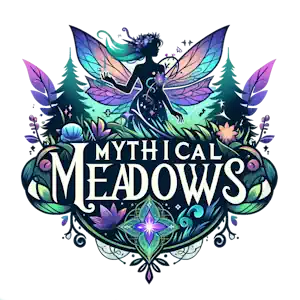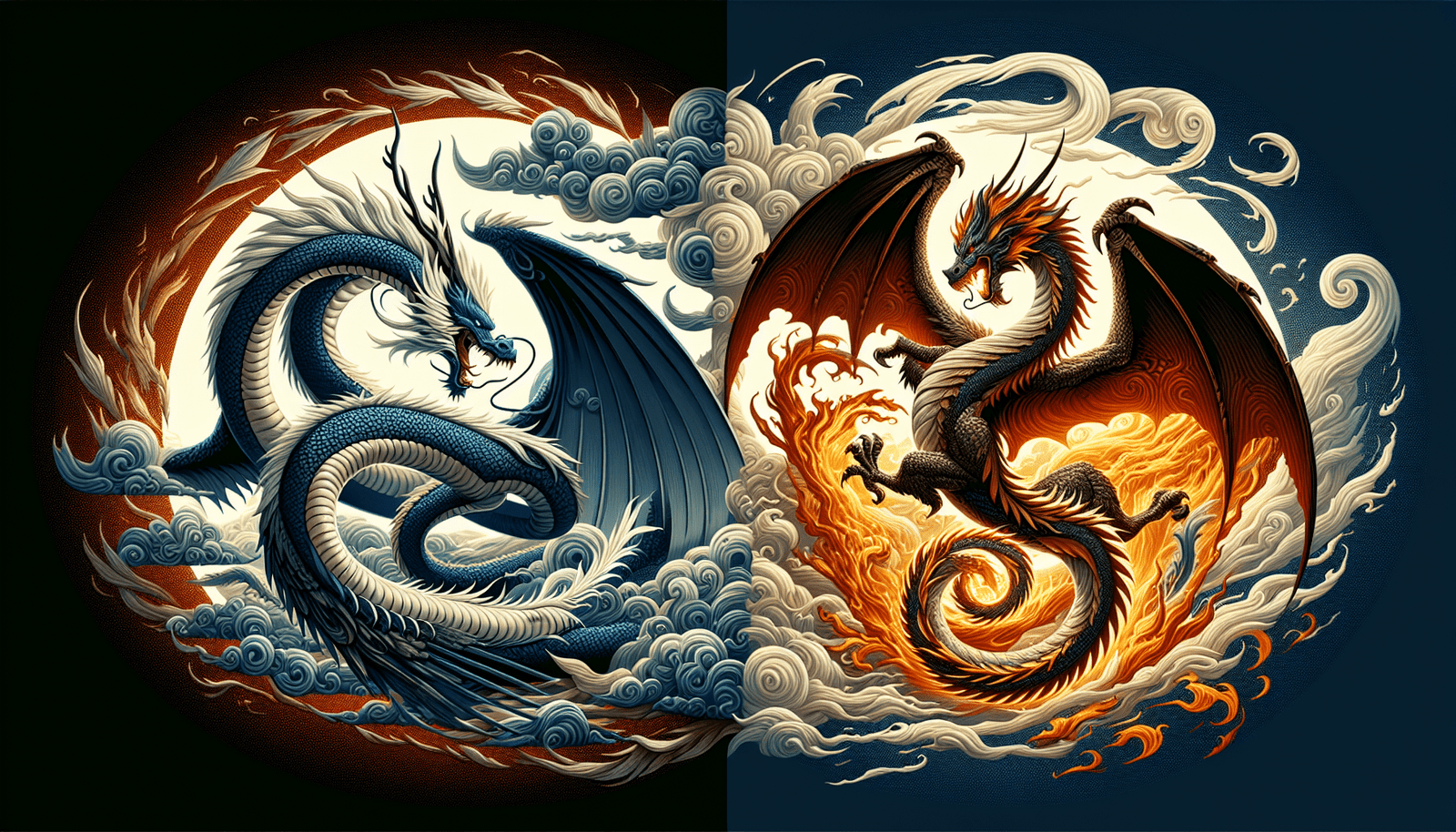In the fascinating world of mythology, there exists a captivating creature known as the dragon. These legendary beings, with their awe-inspiring magnificence and mystical powers, have captivated the imaginations of people for centuries. From the serpentine dragons in ancient Chinese folklore to the fire-breathing monsters of European legends, these mythical creatures have held a significant place in cultures around the globe. Join us as we embark on a journey to discover the secrets and wonders of the legendary mythological dragons.
Types of Mythological Dragons
Western Dragons
Western dragons are the most well-known and iconic type of mythological dragons. They are depicted as large, winged creatures with scaly bodies and sharp claws. Western dragons typically can breathe fire and are often portrayed as fearsome and aggressive creatures. They are commonly found in European folklore and are known for their love of hoarding treasure.
Eastern Dragons
In contrast to Western dragons, Eastern dragons have a more serpentine appearance and are considered divine and benevolent creatures. They are highly revered in East Asian cultures, particularly in Chinese and Japanese mythology. Eastern dragons are often depicted as long, serpent-like creatures with scales and are associated with water, rain, and the power to control the weather. They are seen as symbols of wisdom, good fortune, and prosperity.
Hybrids
Hybrid dragons are a combination of different dragon types, blending characteristics from both Western and Eastern dragons. These unique creatures often embody the duality of nature, symbolizing both good and evil. They are commonly depicted with features such as the body of a Western dragon and the serpentine shape of an Eastern dragon, or vice versa. Hybrids are prevalent in various mythologies around the world, showcasing the creativity and imagination of different cultures.
Celestial Dragons
Celestial dragons are celestial beings associated with the heavens and the cosmos. Found in numerous mythologies, including Chinese and Greek mythology, celestial dragons are often seen as celestial guardians or divine messengers. They are depicted with shimmering scales and are believed to reside in the celestial realms. Celestial dragons are seen as protectors of the universe and are associated with the alignment of the stars and planets.
The Origins of Dragons
Early Mythologies
The origins of dragons can be traced back to early mythologies and ancient civilizations. These mythical creatures played a significant role in the creation stories of various cultures around the world. In many early mythologies, dragons were seen as primordial beings that emerged from chaos or as powerful gods and goddesses with the ability to shape the world.
Ancient Cultures
Dragons hold great significance in ancient cultures. In Chinese mythology, dragons are considered symbols of imperial power, signifying the presence of the emperor. In Norse mythology, dragons are associated with greed and knowledge, as exemplified by Fafnir, a dragon who guarded a treasure hoard. Ancient cultures such as the Aztecs, Hindus, and Greeks also had their own unique interpretations of dragons, each with their own symbolism and cultural representations.
Dragon Symbolism
Dragons are rich in symbolism, representing a wide range of concepts and ideals. They often symbolize power, strength, and wisdom. Dragons are also associated with transformation and rebirth, as they are often depicted shedding their old skin and emerging anew. In some cultures, dragons are even believed to possess the ability to grant wishes and bring good luck.
Cross-Cultural Influences
Dragons have transcended cultural boundaries, with their imagery and legends being adopted and adapted by various cultures throughout history. The influence of dragons can be seen in the mythologies of different civilizations, such as the similarities between the Chinese dragon and the European dragon. These cross-cultural influences highlight the universality and enduring fascination with these mythical creatures.
Dragon Characteristics
Physical Appearance
Dragons exhibit a wide range of physical characteristics, varying based on the culture and mythology in which they appear. Western dragons are typically portrayed with wings, sharp claws, and reptilian features, while Eastern dragons have long, serpentine bodies, often without wings. Some dragons may have multiple heads, additional limbs, or unique appendages, making them visually distinct and captivating creatures.
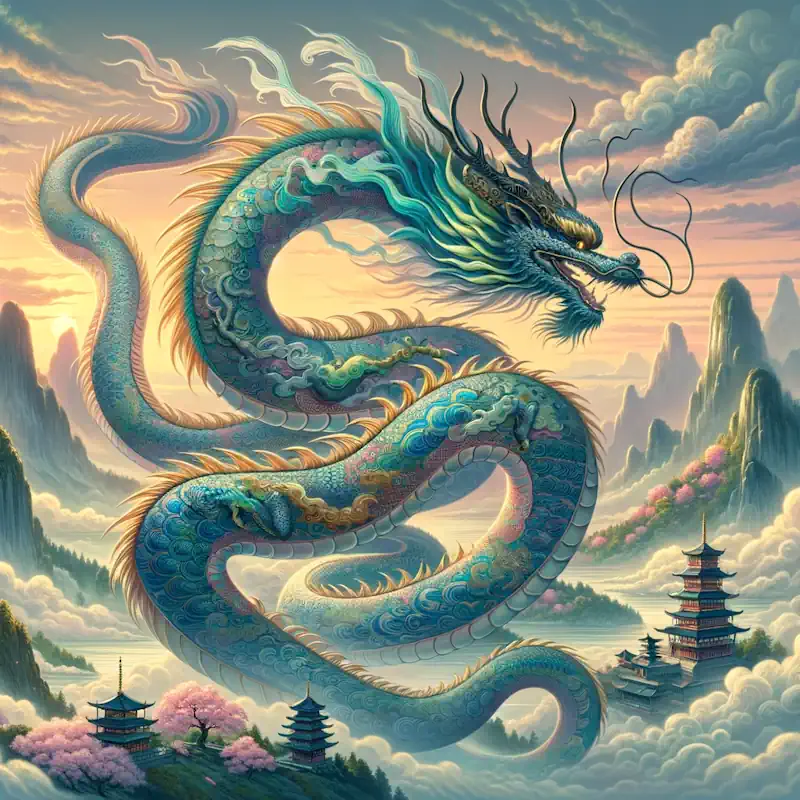
Elemental Affinities
Dragons are often associated with various elements such as fire, water, air, and earth. Western dragons are renowned for their ability to breathe fire, making them formidable and destructive creatures. Eastern dragons are associated with water and are believed to have control over rain, storms, and other aquatic forces. The elemental affinities of dragons reflect their connection to nature and the natural forces that shape the world.
Magical Abilities
Dragons are commonly attributed with magical abilities, further enhancing their mystical nature. They possess an array of powers such as the ability to fly, breathe fire, manipulate the elements, and even shape-shift. Some dragons are believed to possess prophetic visions or have the power to bestow blessings or curses. These magical abilities add to the allure and enchantment surrounding these mythical creatures.
Immortality
In many mythologies, dragons are seen as immortal beings, capable of living for centuries or even forever. It is believed that dragons possess the secret to eternal life, making them objects of desire and awe. Their longevity and immortality are often tied to their association with celestial realms or their consumption of mystical substances, bestowing them with eternal youth and vitality.
Dragon Legends and Mythology
World Creation Myths
Dragons play a prominent role in world creation myths across cultures. They are often seen as creators or assistants to the creator gods, helping shape the land and sea. In some creation myths, dragons are believed to have laid the foundations of the world, while in others, they are associated with the birth of civilization itself. These legends showcase the importance of dragons in the origin stories of the world.
Dragons in Heroes’ Journeys
Dragons frequently appear in the epic tales of heroes and their quests. They are often depicted as formidable adversaries, guarding treasures or hindering the hero’s progress. Overcoming the challenges presented by dragons becomes a pivotal moment in the hero’s journey, symbolizing the triumph of good over evil and the hero’s growth and transformation.
Guardians of Treasures
Dragons are renowned for their love of treasures and are often depicted as guardians of precious objects or ancient knowledge. These treasures are typically protected by challenging obstacles and traps, with the dragon standing as the final line of defense. Legends of dragons guarding treasures reflect the human fascination with wealth and the inherent danger and allure associated with pursuing such treasures.
Dragon Slaying Tales
Dragon slaying tales are prevalent in mythologies around the world. These stories often depict brave and heroic individuals facing off against fearsome dragons, armed with courage and cunning. Dragon slaying tales serve as cautionary tales, warning against the dangers of greed and hubris. They also reinforce the valor and heroism of those who overcome these formidable creatures.
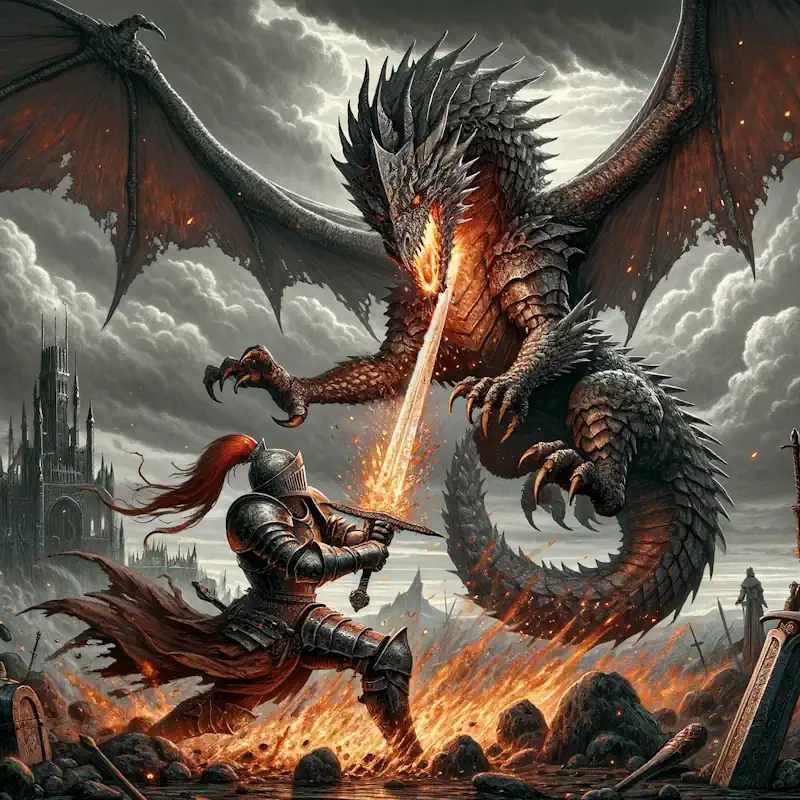
Dragon Worship and Iconography
Religious Significance
Dragons hold religious significance in many cultures, with temples and rituals dedicated to their worship. In East Asia, dragons are venerated as divine beings and are closely associated with the emperors, symbolizing their power and authority. In other cultures, dragons are seen as protectors of sacred spaces or as intermediaries between humans and the divine, embodying the spiritual connection between realms.
Dragon Gods and Goddesses
In some mythologies, dragons are revered as gods or goddesses in their own right. These deities embody aspects of power, creation, fertility, or protection. In cultures such as Ancient Egypt and Mesopotamia, dragons were associated with gods and goddesses that governed the natural world. The worship of dragon deities reflects the belief in the inherent divine nature of these mythical creatures.
Dragon Temples and Shrines
Throughout history, various cultures have built temples and shrines dedicated to dragons. These sacred spaces serve as places of worship and pilgrimage for those seeking blessings, protection, or guidance. Dragon temples and shrines are often adorned with intricate dragon sculptures and paintings, creating a visually awe-inspiring and spiritual atmosphere.
Dragon Art and Statues
Dragons have long been a source of artistic inspiration, with their imagery showcased in paintings, sculptures, and other art forms. From ancient cave paintings to modern-day artworks, dragons have captivated the imaginations of artists and continue to inspire awe and wonder. Dragon statues, in particular, serve as symbols of power, wisdom, and protection, adorning public spaces and private collections alike.
Dragons in Popular Culture
Dragons in Literature
Dragons have a prominent place in literature, appearing in various genres from fantasy to children’s books. From J.R.R. Tolkien’s Smaug in “The Hobbit” to George R.R. Martin’s dragons in “A Song of Ice and Fire,” these mythical creatures have captured the hearts and imaginations of readers around the world. Their portrayal in literature often reflects their traditional mythological characteristics and serves as a vehicle for storytelling and world-building.
Dragons in Film and Television
Dragons have been brought to life on the big screen and television, captivating audiences with their awe-inspiring presence. From the classic animated film “The Sword in the Stone” to the popular HBO series “Game of Thrones,” dragons have become icons of visual storytelling. Their appearances in film and television allow audiences to witness the grandeur and power of these mythical creatures in a vivid and immersive way.
Dragons in Video Games
Video games provide an interactive medium for players to engage with dragons in virtual worlds. Dragons have become popular characters and adversaries in various gaming franchises, such as “The Elder Scrolls,” “World of Warcraft,” and “The Legend of Zelda.” The gameplay often emphasizes the strength, agility, and magical abilities associated with dragons, giving players a chance to experience their power firsthand.
Dragon-inspired Art and Merchandise
The allure of dragons extends beyond stories and films, permeating various forms of art and merchandise. Dragon-inspired artwork, including paintings, sculptures, and jewelry, allows individuals to embrace their admiration for these mythical creatures. Dragon-themed merchandise, such as clothing, accessories, and toys, has become popular among enthusiasts, showcasing the enduring appeal and cultural significance of dragons.
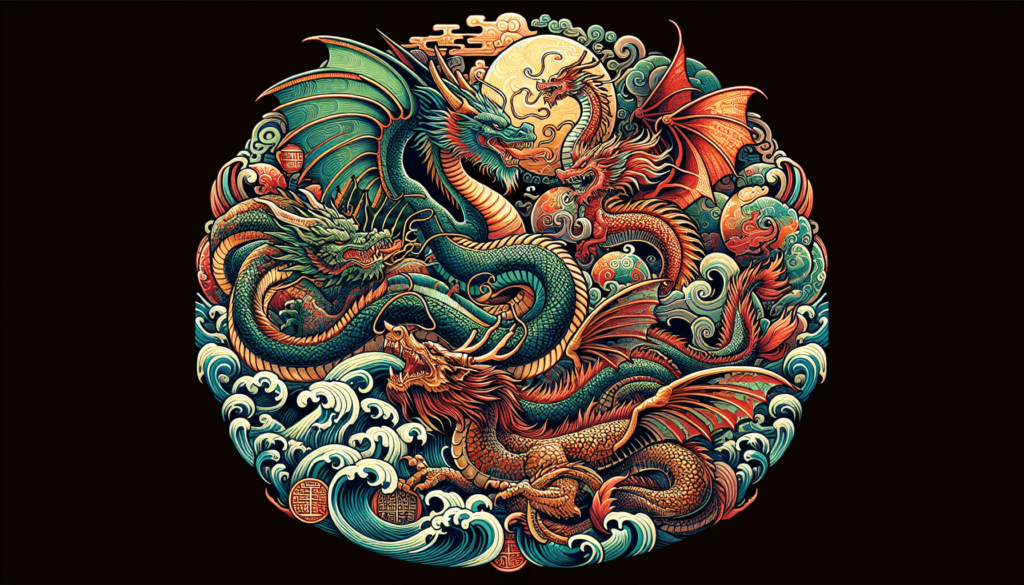
Famous Dragons in Mythology
Fafnir (Norse mythology)
Fafnir is a prominent dragon in Norse mythology, often connected to the greed and corruption of wealth. Transformed into a dragon by a cursed ring, Fafnir guards a treasure hoard and represents the dangers of unchecked avarice. His tale serves as a cautionary reminder of the corrupting influence of material wealth.
Vritra (Hindu mythology)
Vritra is a dragon-like creature in Hindu mythology associated with drought and hindering the flow of rivers. As an embodiment of chaos and obstruction, Vritra is depicted as a fearsome and powerful dragon. The Hindu god Indra is known for slaying Vritra, symbolizing the triumph of order and fertility over chaos and scarcity.
King Ghidorah (Japanese mythology)
King Ghidorah is a dragon-like kaiju monster in Japanese mythology, known for its destructive power and association with Godzilla. This three-headed golden dragon often serves as Godzilla’s arch-nemesis, embodying the forces of destruction and chaos. Its appearance in numerous films has solidified King Ghidorah’s status as an iconic dragon in popular culture.
Quetzalcoatl (Aztec mythology)
Quetzalcoatl, often depicted as a feathered serpent, is a revered deity in Aztec mythology. This dragon-like creature is associated with creation, fertility, and wisdom. As a god of wind and rain, Quetzalcoatl symbolizes the life-giving forces of nature and is considered a bringer of prosperity and enlightenment.
Modern Interpretations of Dragons
Dragons in Fantasy Novels
Dragons have become synonymous with the fantasy genre, featuring prominently in popular series such as “Eragon” by Christopher Paolini and “A Wizard of Earthsea” by Ursula K. Le Guin. These novels provide readers with vivid depictions of dragons, showcasing their power, intelligence, and complex relationships with humans.
Dragons in Role-playing Games
Dragons are integral to many role-playing games (RPGs), such as the iconic “Dungeons & Dragons” and “The Elder Scrolls” series. Players can adopt the role of dragon hunters, dragon riders, or even dragons themselves, immersing themselves in a world filled with mythical creatures, quests, and magical abilities.
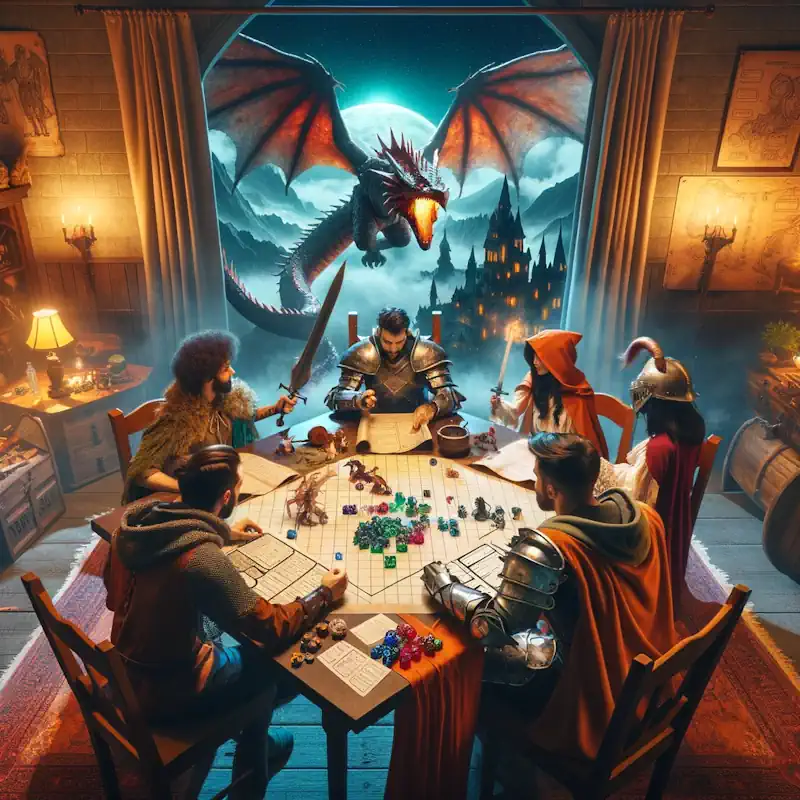
Dragon Cosplay and Conventions
Dragon enthusiasts come together in cosplay and conventions, celebrating their love for these mythical creatures. Dragon-themed cosplay allows fans to embody the majestic presence of dragons, creating elaborate costumes and accessories. Dragon conventions provide a space for enthusiasts to share their passion, exchange knowledge, and appreciate the intricate craftsmanship of dragon-inspired art and merchandise.
Dragon Tattoos and Body Art
Dragon tattoos have long been a popular choice for body art, symbolizing strength, wisdom, and transformation. These intricate designs captivate the imagination and offer a sense of personal connection to the rich mythologies and symbolism associated with dragons. Whether displayed discreetly or boldly, dragon tattoos provide a lasting testament to the wearer’s affinity for these legendary creatures.
The Cultural Significance of Dragons
Symbol of Power and Wisdom
Dragons are often regarded as symbols of power and wisdom, representing the strengths and virtues desired in leaders and individuals. Their majestic and awe-inspiring presence exudes authority, inspiring respect and admiration. Dragons also symbolize wisdom, possessing ancient knowledge and profound insights into the world.
Protector and Guardian
Dragons are frequently depicted as protectors and guardians in many cultures. They are seen as defenders of the weak, the natural order, and sacred realms. The image of a dragon as a guardian evokes a sense of security, offering protection from malevolent forces and serving as a stalwart ally to those in need.
Good vs. Evil Symbolism
Dragons have often been used to symbolize the eternal battle between good and evil. Some dragons are portrayed as malevolent creatures, wreaking havoc and chaos, while others are seen as benevolent deities or companions to heroes. This dichotomy represents the struggle between light and darkness, highlighting the moral conflict inherent in humanity.
Dragon as a Powerful Ally
In various mythologies and folklore, dragons are seen as powerful allies to mortals. They are depicted as wise advisers, granting wisdom and guidance to those in need. Dragons’ immense strength and magical abilities make them formidable protectors and allies, instilling courage and inspiring individuals to overcome adversity.
Preserving Dragon Lore and Legends
Dragon Conservation Efforts
While dragons may only exist in myth and legend, efforts have been made to preserve and protect the stories and cultural significance associated with them. Organizations and individuals work towards documenting and sharing dragon lore, ensuring that these tales are passed down to future generations.
Maintaining Oral Traditions
Oral traditions have played a crucial role in preserving dragon lore throughout history. Storytellers, bards, and shamans pass down tales of dragons through generations, keeping the legends alive. By maintaining these oral traditions, communities can ensure that the knowledge and symbolism of dragons continue to resonate in their cultural narratives.
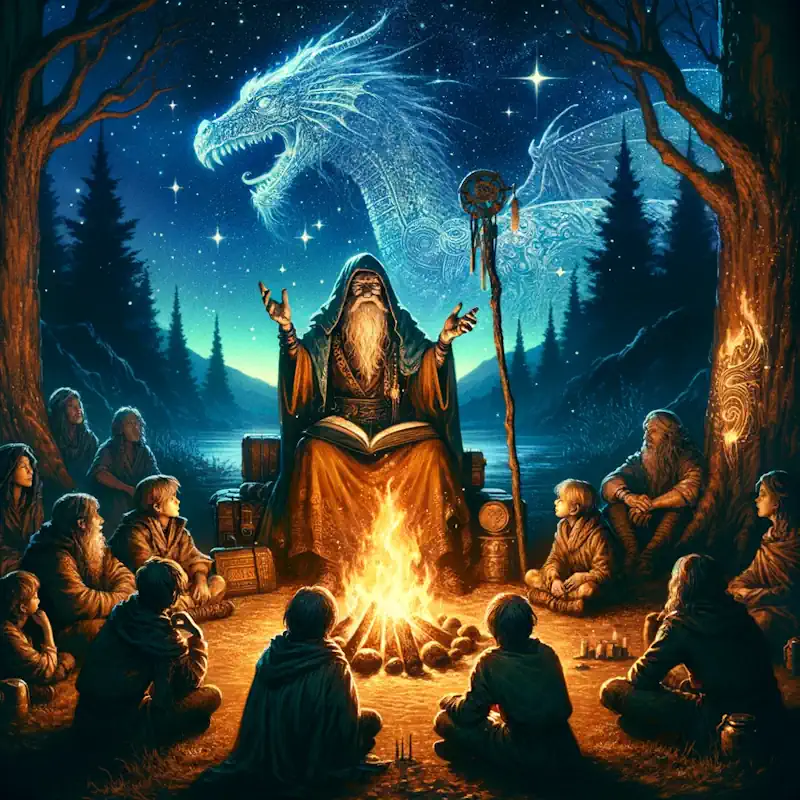
Reviving Ancient Dragon Mythologies
In recent years, there has been a resurgence of interest in ancient dragon mythologies. Scholars and enthusiasts delve into ancient texts, artwork, and archaeological discoveries to uncover the rich history and beliefs surrounding dragons. This resurgence allows for a deeper understanding and appreciation of the cultural significance of dragons.
Preserving Dragon Art and Artifacts
The preservation of dragon art and artifacts is vital in safeguarding the cultural heritage associated with dragons. Museums, cultural institutions, and collectors work to maintain and conserve dragon-related artworks, statues, and artifacts. This ensures that future generations can continue to appreciate and learn from the artistic representations of dragons.
Final Thoughts
Mythological dragons have left a lasting impact on cultures worldwide. From their different types and origins to their symbolism and representation in various mediums, dragons continue to captivate and inspire.
Whether seen as fearsome beasts or revered protectors, dragons hold a special place in the human imagination, their lore and legends preserving the magic and wonder associated with these mythical creatures.
